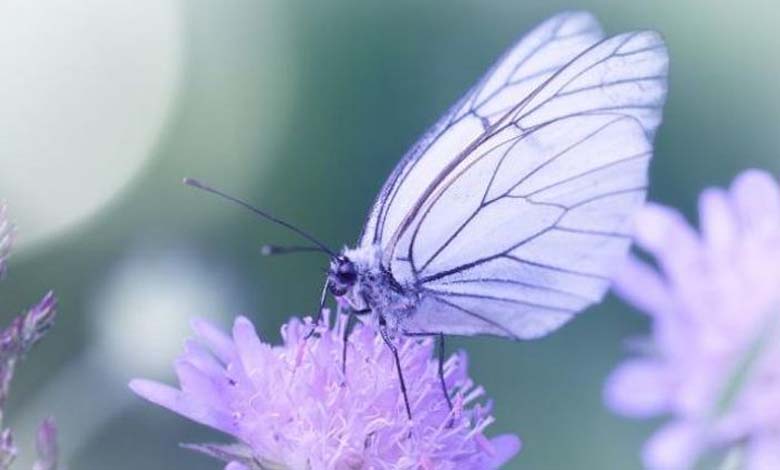How some butterflies adapt to climate changes

Living organisms continuously strive to cope with the environmental changes around them, driven by the instinct for survival.
It appears that “Meadow Brown” butterflies have found a way to adapt to global warming, evolving their camouflage abilities to protect themselves from predators, according to a recent study published in the “Ecology and Evolution” journal on January 17, 2024.
Do genes vary?
The Meadow Brown insect features spots on its brown wings, including a large spot on its forewings to deter and frighten predators, and smaller spots on its hindwings to aid in camouflage when at rest. However, variations in these spots have raised questions, and scientists have long endeavored to understand that this variation is a result of genetic differences within the same group.
What about temperature?
A research group led by Sophie Mopra realized that the rise in temperatures plays a role. They observed large groups of butterflies from three different locations over several years to determine if field temperatures were somehow linked to spot variations. They found that the increase in temperatures during growth causes the disappearance of spots when butterflies are at rest. Females that grow at 11 degrees Celsius, on average, have 6 spots, while those that grow at 15 degrees Celsius have only 3 spots. Therefore, the study’s authors anticipate that the rising temperatures will conceal spots on female wings year after year.
How does this relate to adaptation?
Fundamentally, hiding spots helps butterflies adapt their camouflage to environmental changes, especially in the face of climate change. With fewer spots, they may be harder to detect in dry brown grass and become less susceptible to predators.
However, researchers did not discover a strong impact of high temperatures on the number of spots in male butterflies and attributed this to the crucial role of spots in attracting females for reproduction.
The presence of butterflies is essential for the ecosystem, and each time they attempt to adapt to climate changes, they captivate us. However, there may come a time when their means of resisting changes in their surroundings are exhausted.












